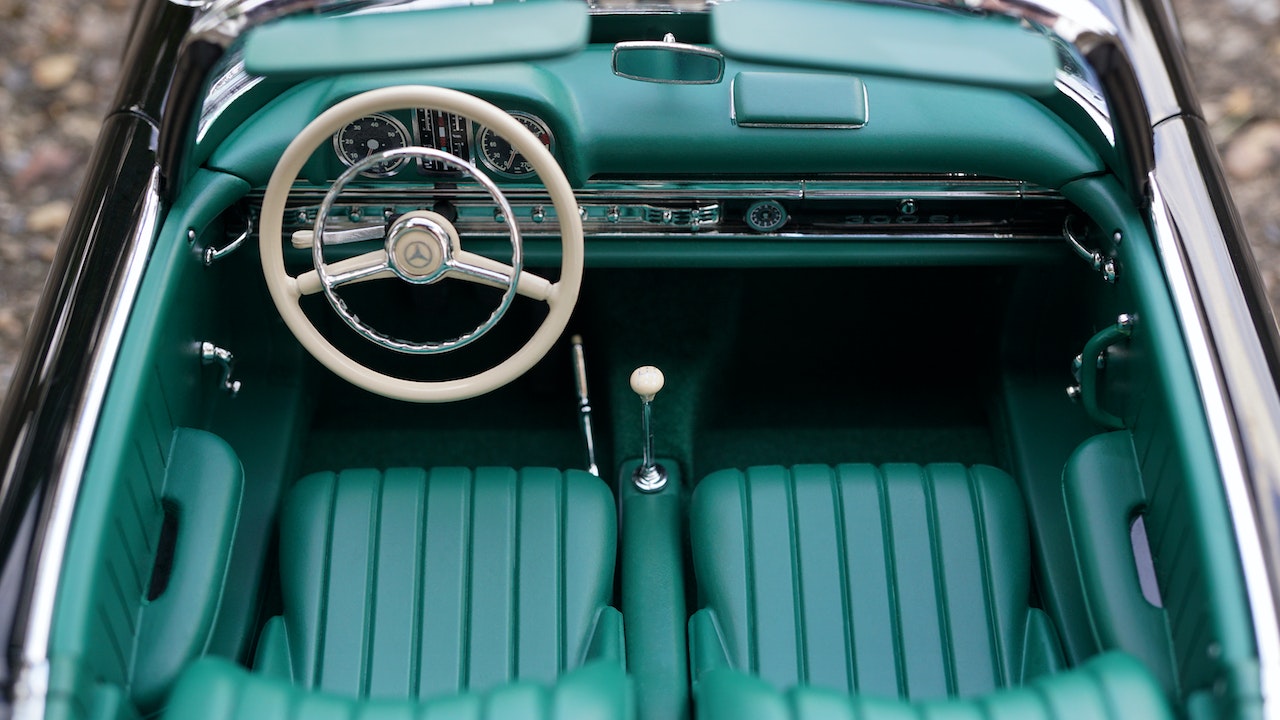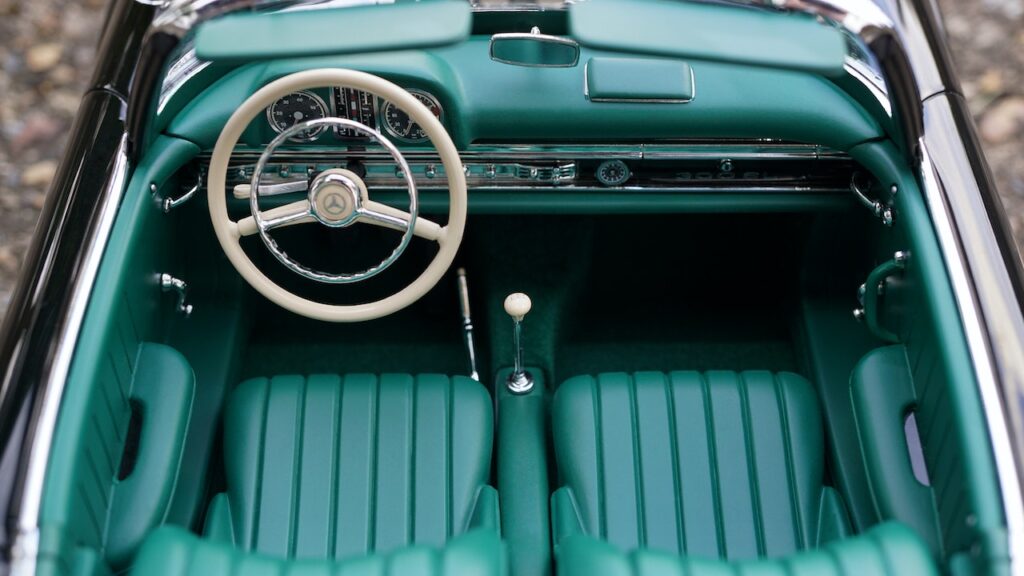The Engineering Marvels of Classic Cars
There’s something undeniably enchanting and thrilling about them. Is it the evocative designs, the rumble of their engines, or the nostalgia they inspire? Under their polished hoods, these timeless beauties hide a myriad of engineering marvels that make them stand out in the automotive world. Let’s dive under the hood and explore the mechanical wonders that define classic cars!
A Blast from the Past: The Golden Era
The golden era of automobiles, spanning the 1920s to the 1970s, brought forth innovations and designs that have remained iconic. During this period, cars weren’t just modes of transport—they were works of art, symbols of status, and technological wonders. But what makes them so special?
The Heart of the Beast: Engines
Classic cars boast a variety of engines, each with its unique charm. The V8 engines, with their deep, throaty roars, and the straight-six, known for its smooth operation, are just the tip of the iceberg. Remember the simplicity? That was key! Unlike modern engines with a plethora of electronics, classic car engines relied on mechanical components, making them easier to maintain and modify. Isn’t there something satisfying about that?
Craftsmanship and Materials
Craftsmanship in classic cars is unparalleled. The meticulous attention to detail, the use of premium materials like wood and leather, and the hand-assembled components speak volumes about the quality and dedication put into creating these masterpieces. Can modern cars really compare to the charm of handcrafted perfection?
Anatomy of Classics: Key Components
Classic cars, with their distinct features and components, stand out in a sea of modern vehicles. From the carburettor to the leaf spring suspension, each part plays a crucial role in creating the ultimate driving experience. Ready to explore?
Carburettors vs Fuel Injection
Before the advent of fuel injection, carburettors ruled the roost. These devices mixed air with fuel, sending the perfect blend into the engine. They were simpler, easier to fix, and offered a raw, unfiltered driving experience. Do you feel the nostalgia kicking in yet?
Leaf Spring Suspension
Leaf spring suspensions, commonly used in classic cars, provided durability and simplicity. While they might not offer the same ride comfort as modern suspensions, there’s something about the bounce and feel of a classic car ride that’s incomparable. Don’t you agree?
The Aesthetic Appeal: Designs and Styles
Classic cars are renowned for their timeless designs and unique styles. From the curvaceous bodies to the intricate details, every element was crafted with passion and precision. What makes them so visually captivating?
Iconic Body Styles
Think of the sleek silhouette of a ‘69 Mustang or the rugged charm of a ‘60s Land Rover. These body styles, characterized by their simplicity and elegance, have remained iconic through the decades. Don’t they just make you turn your head and stare?
Art on Wheels: Detailing and Chrome
Chrome detailing, whitewall tires, and hood ornaments – these are the defining features of classic car aesthetics. The level of detail and craftsmanship that went into designing these elements is a testament to the artistic vision of the manufacturers. It’s like having a moving piece of art, isn’t it?
The Thrill of the Drive: Performance and Experience
Driving a classic car is an experience like no other. The roar of the engine, the feel of the wheel, and the connection with the road are simply exhilarating. But what contributes to this unparalleled driving experience?
Manual Transmission: The Joy of Shifting Gears
Most classic cars feature manual transmissions, offering drivers complete control over the vehicle. The joy of shifting gears and the connection between the driver and the machine create an immersive driving experience. Can you feel the rush?
Raw Power and Torque
Classic cars are renowned for their raw power and torque, delivering a punchy and responsive drive. The absence of electronic assists means a more authentic and direct driving feel, connecting the driver to the road like never before. Ready for a joyride?
The Legacy and Impact of Classic Cars
Classic cars have left an indelible mark on the automotive industry and continue to inspire enthusiasts worldwide. Their engineering marvels, iconic designs, and thrilling performances have set the benchmark for automotive excellence. But how do they continue to influence modern vehicles?
Inspiration for Modern Designs
Many modern cars draw inspiration from classic designs, incorporating retro elements and styles to evoke nostalgia and charm. The blend of classic aesthetics with modern technology creates a unique and appealing driving experience. Can you spot the classic influence in today’s cars?
The Classic Car Community
The love for classic cars has fostered a vibrant and passionate community of enthusiasts, collectors, and restorers. Car shows, auctions, and clubs bring together like-minded individuals to celebrate the engineering marvels of the past. Are you ready to join the community and share the passion?
There’s no denying the allure of classic cars. Under their hoods lie engineering marvels, a testament to the ingenuity and craftsmanship of their time. From the roar of the engines to the iconic designs, these timeless beauties offer a driving experience that’s simply unparalleled. Whether you’re an enthusiast, a collector, or someone with a penchant for nostalgia, the world of classic cars welcomes you with open arms. Ready to start your classic car adventure?
FAQs
- Why are classic cars considered engineering marvels?
- Classic cars are revered for their simplicity, craftsmanship, and innovative designs. The mechanical components, iconic body styles, and unique driving experiences make them stand out as marvels of engineering.
- How do classic cars influence modern vehicle designs?
- Modern cars often incorporate elements from classic designs to evoke nostalgia and charm, blending retro aesthetics with contemporary technology to create appealing and unique vehicles.
- What are some key components that define classic cars?
- Classic cars are characterized by features such as carburetors, leaf spring suspensions, manual transmissions, and the use of premium materials, all contributing to their distinctiveness.
- Why do people collect and restore classic cars?
- Collecting and restoring classic cars is a passion driven by nostalgia, appreciation for craftsmanship, and the joy of experiencing the unique driving feel and aesthetics of these timeless vehicles.
- Can classic cars be modified to meet modern standards?
- Yes, many classic car enthusiasts modify and upgrade their vehicles to improve performance, safety, and comfort while retaining the classic charm and aesthetics.


